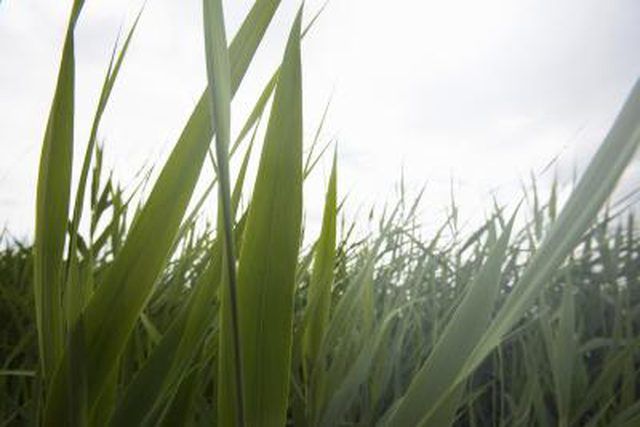Bulbs
Flower Basics
Flower Beds & Specialty Gardens
Flower Garden
Garden Furniture
Garden Gnomes
Garden Seeds
Garden Sheds
Garden Statues
Garden Tools & Supplies
Gardening Basics
Green & Organic
Groundcovers & Vines
Growing Annuals
Growing Basil
Growing Beans
Growing Berries
Growing Blueberries
Growing Cactus
Growing Corn
Growing Cotton
Growing Edibles
Growing Flowers
Growing Garlic
Growing Grapes
Growing Grass
Growing Herbs
Growing Jasmine
Growing Mint
Growing Mushrooms
Orchids
Growing Peanuts
Growing Perennials
Growing Plants
Growing Rosemary
Growing Roses
Growing Strawberries
Growing Sunflowers
Growing Thyme
Growing Tomatoes
Growing Tulips
Growing Vegetables
Herb Basics
Herb Garden
Indoor Growing
Landscaping Basics
Landscaping Patios
Landscaping Plants
Landscaping Shrubs
Landscaping Trees
Landscaping Walks & Pathways
Lawn Basics
Lawn Maintenance
Lawn Mowers
Lawn Ornaments
Lawn Planting
Lawn Tools
Outdoor Growing
Overall Landscape Planning
Pests, Weeds & Problems
Plant Basics
Rock Garden
Rose Garden
Shrubs
Soil
Specialty Gardens
Trees
Vegetable Garden
Yard Maintenance
What Kills Crabgrass and Not Grass?
What Kills Crabgrass and Not Grass?. Crabgrass is a headache-inducing annual weed. By the time it becomes noticeable it has grown too large for most granular herbicides to handle. Use the right control at the right time to eliminate this pest.

Crabgrass is a headache-inducing annual weed. By the time it becomes noticeable it has grown too large for most granular herbicides to handle. Use the right control at the right time to eliminate this pest.
Pre-emergents
Pre-emergent herbicides kill crabgrass before its roots dig into the soil. Pre-emergent herbicides interfere with the seed's germination, but are useless after crabgrass germinates and do not affect growing grass. Treat your lawn before soil temperatures reach 55 to 60 degrees Fahrenheit, and treat again six to eight weeks later for control through the summer.
Post-emergent
Post-emergent herbicides act best against very young crabgrass sprouts. Once the sprouts have 2 to 5 tillers, the crabgrass is strong enough to shake off most herbicides. Use a product with methyl arsenate (MSMA) up to three times during the season, spacing each treatment 7 to 10 days apart. Large-scale treatments are hard on your lawn; however, spray hotspots with a broad-spectrum herbicide instead.
New Lawns
Young or sprouting lawns are susceptible to herbicide damage. If you choose to use a pre-emergent with bluegrass or fescue seed, use a product containing siduron. Siduron targets crabgrass without harming the germinating lawn seed. Wait until you have mowed your growing lawn twice before using post-emergent herbicides.